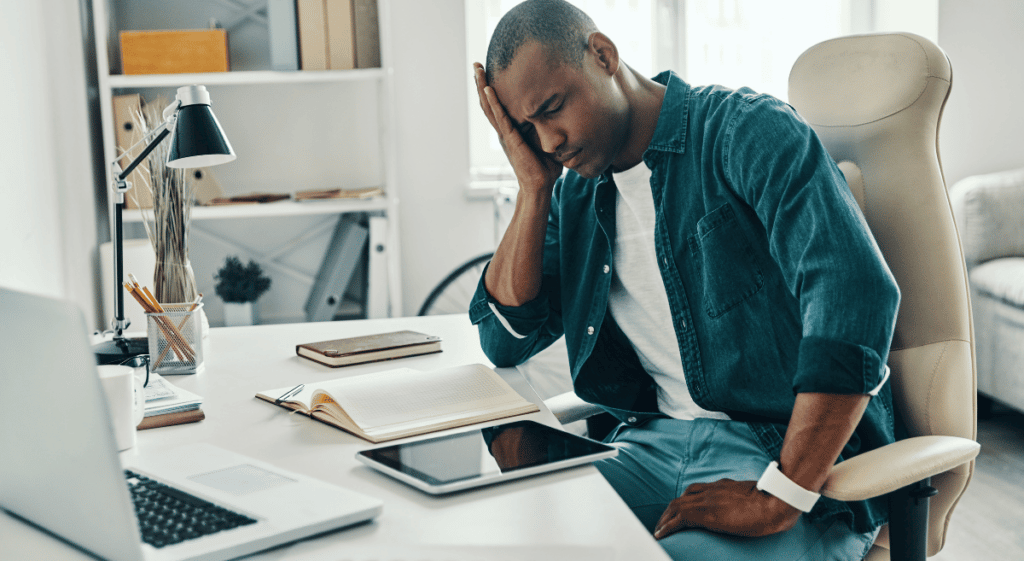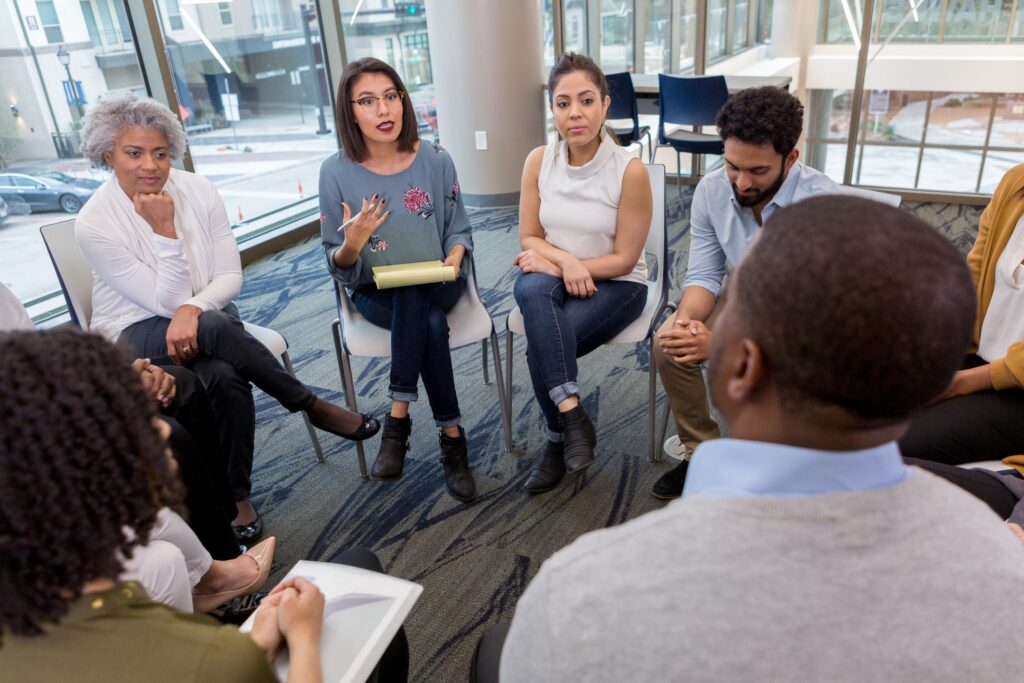Stress Reduction Techniques
According to the National Institute of Mental Health (NIMH), stress can be defined as the body and brain’s natural response to demand, adjustment, or change. Everyone experiences stress and over 75% of those in the United States report experiencing stress daily. Research shows that the three most common factors leading to increased stress are finances, work, and health concerns (physical or mental health). Stress can cause physical changes including increased pulse, heart rate, sweating and/or muscle tension. Stress can also cause mental/emotional changes including heightened anxiety, racing thoughts, crying spells and/or panic attacks. Utilizing stress reduction techniques lessen the negative effects of stress.
Stress itself is not always harmful or bad. Stress can increase motivation to prepare or perform, such as students experiencing stress before an exam or an applicant having stress before an interview. Stress can aid in protection and safety, such as experiencing stress in a dangerous situation. Stress can become problematic when it impairs abilities to function or live a happy and healthy life.

How Stress Reduction is Incorporated at Harmony Bay
Our clinicians at Harmony Bay are trained in a variety of stress reduction techniques, which they, in turn, teach our patients. Stress reduction techniques may require practice to increase comfortability and effectiveness. Stress reduction techniques can include:
Writing

Journaling and creative writing about your thoughts and feelings.
Exercise

Engaging in exercise such as yoga, running or going to the gym.
Self-Care

Practicing self-care and taking care of yourself is vital. Engaging in self-care practices such as taking a hot bath or getting a massage can alleviate tension and anxiety.
Meditation

Meditative practices such as mindfulness and guided imagery/visualization can relieve anxiety, relax the mind, and bring focus to the present rather than focusing on the past or future.
Breathing

Breathing exercises such as deep breathing, paced breathing or squared breathing can aid in regulating the nervous system and calming the body.

Journaling and creative writing about your thoughts and feelings.

Engaging in exercise such as yoga, running or going to the gym.

Practicing self-care and taking care of yourself is vital. Engaging in self-care practices such as taking a hot bath or getting a massage can alleviate tension and anxiety.

Meditative practices such as mindfulness and guided imagery/visualization can relieve anxiety, relax the mind, and bring focus to the present rather than focusing on the past or future.

Breathing exercises such as deep breathing, paced breathing or squared breathing can aid in regulating the nervous system and calming the body.